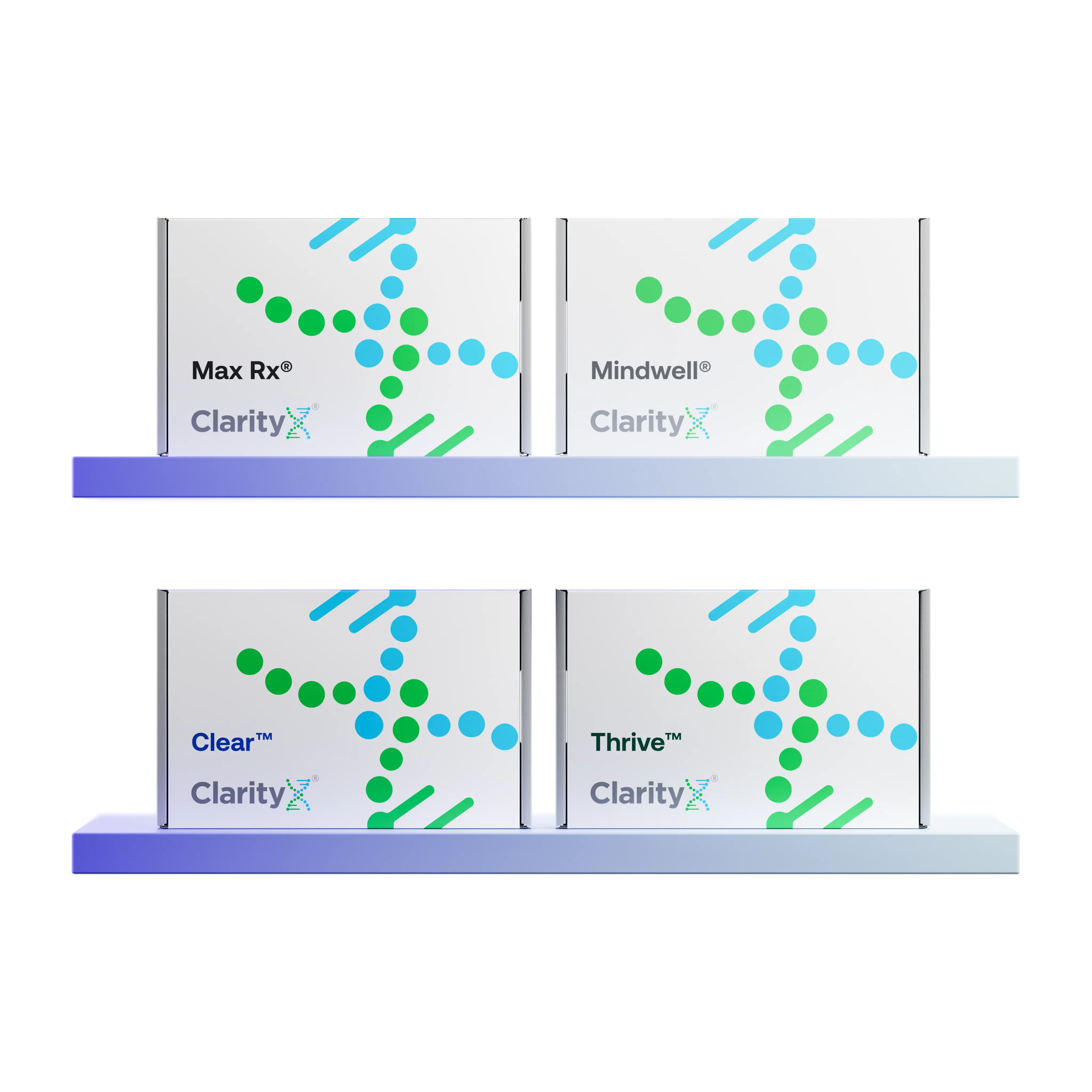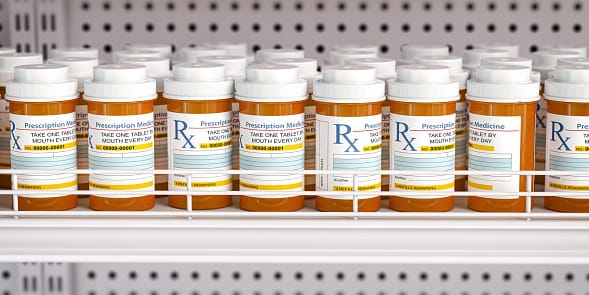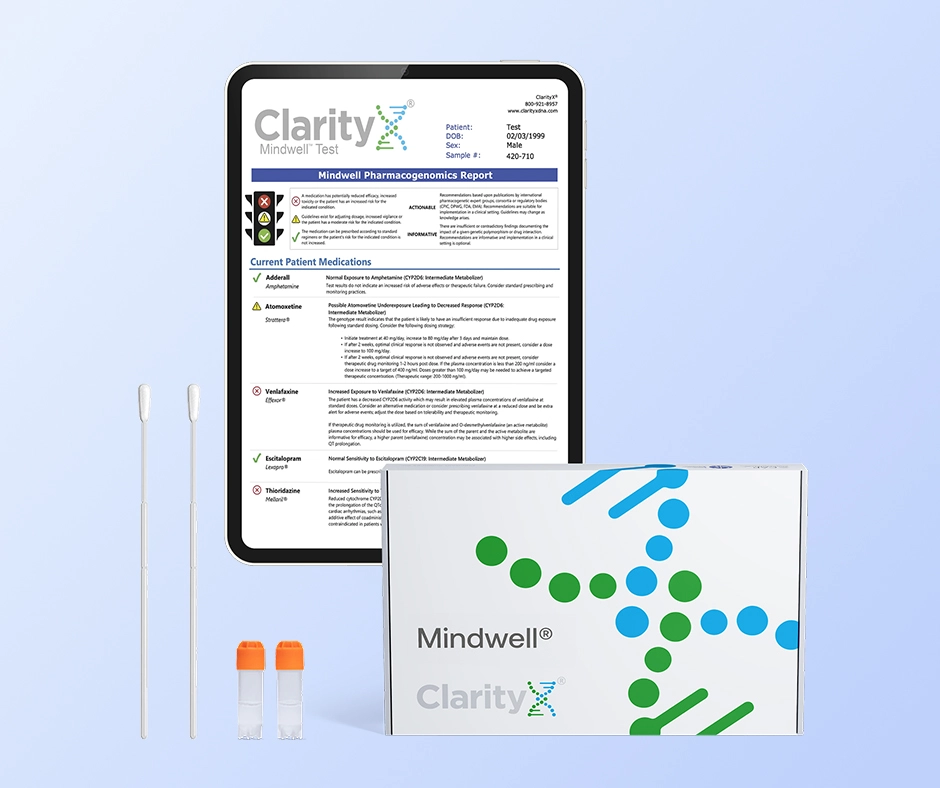Introduction
Mental health is a crucial topic that has increasingly come to the forefront, but navigating treatment options can be complex. Treatment options such as antidepressants are available for anxiety disorders, depression, and other conditions, but it is not always easy for patients and healthcare providers to select the right option. There are a wide array of antidepressants currently available, each with its own range of efficacy and effectiveness, and understanding the differences between the medications can help identify the right options for personal circumstances.
In this article, we will provide a detailed analysis of two frequently prescribed antidepressants: Cymbalta and Effexor. Our aim is to examine the significant contrasts between these medications, with a particular emphasis on their efficacy, effectiveness, safety, and side effects. Whether you are a patient seeking to make an informed treatment choice or someone who wishes to gain a better understanding of the available antidepressant treatment options, this comprehensive overview will help in distinguishing between Cymbalta and Effexor.
Background on Cymbalta
Cymbalta Drug Class
Duloxetine, the active ingredient in Cymbalta, belongs to a class of medications called serotonin-norepinephrine reuptake inhibitors, or SNRIs. Cymbalta was initially approved in 2004 and has become widely used for a number of conditions over time.
Cymbalta Mechanism of Action
Serotonin and norepinephrine are neurotransmitters that send information within the body. Neurons are connected via a synapse or a space between nerve cells. When a message is relayed, neurotransmitters are released across the synapse, and the message continues to the next nerve cell.
Neurotransmitters define the type of message being sent, including hunger, pain, and mood. As serotonin and norepinephrine levels increase, mood is often improved, which can help manage depression and anxiety. As the name implies, serotonin-norepinephrine reuptake inhibitors slow down the process of pulling these neurotransmitters back in once they are released. This causes them to build up, and the levels of serotonin and norepinephrine rise.
The activity of Cymbalta can be predicted through genetic testing related to the body’s ability to produce enzymes that break down and remove Cymbalta from your system. The medication is processed by liver enzymes called CYP1A2 and CYP2D6. Higher levels of these enzymes may cause Cymbalta to be broken down quickly and become less effective, while lower levels may allow Cymbalta to build up and be more likely to cause side effects.
Cymbalta Uses
This modulation of serotonin and norepinephrine has proved helpful for various health concerns. So, what is Cymbalta used for?
The FDA-approved indications for Cymbalta are:
- Major Depressive Disorder (MDD) — often simply referred to as depression.
- Generalized Anxiety Disorder (GAD).
- Diabetic peripheral neuropathic pain.
- Fibromyalgia.
Prescribers sometimes use Cymbalta to help with managing other sources of nerve pain and other mental health diagnoses. Anxiety disorders can be broken down into several specific diagnoses like panic attacks, etc. Cymbalta has been effective for some forms of anxiety but less so for others. Good communication with your providers can help define your diagnosis, which is crucial for identifying the best treatment options.
Cymbalta Side Effects
Cymbalta is considered safe and well-tolerated overall, but there is some potential for side effects. The most common side effects are:
- Nausea.
- Dry mouth.
- Fatigue.
- Insomnia.
- Dizziness.
- Constipation (or diarrhea).
- Decreased appetite.
- Excessive sweating.
A particularly bothersome side effect early in therapy is the potential for nausea. Gastrointestinal side effects tend to resolve within a week of continued use, but if you find yourself vomiting, it is best to call your doctor right away. This is also the case for persistent diarrhea. A loss of fluids and electrolytes may lead to dehydration, which can cause more serious complications if left untreated.
Cymbalta is not an addictive substance, but stopping the medication suddenly may result in symptoms including dizziness, irritability, nausea, and fatigue. When Cymbalta is first started, the dose is often increased slowly to allow the body to adjust. Once the body has adjusted, the medication must be consistently taken daily over time to remain effective. Stopping suddenly can upset a newly achieved balance, so careful planning with the assistance of your doctor is needed. Similar to a slow start, Cymbalta is also ideally stopped slowly.
Antidepressants and an association with suicidal thoughts has been a concern of many patients over time. It is important to bear in mind that underlying mental health disorders also carry a risk of suicidality, especially if they are not addressed. Talking about mental health can take courage, and non-judgmental support is crucial.
Background on Effexor
Effexor Drug Class
With Cymbalta covered, we can now move on to Effexor. So, what is Effexor, and is Effexor an SSRI?
Venlafaxine is the active ingredient in Effexor. This medication is not an SSRI as it also belongs to the drug class serotonin-norepinephrine reuptake inhibitors, or SNRIs. Effexor was initially approved in 1997 and is also provided in extended-release capsules that allow for once-daily dosing.
Effexor Mechanism of Action
Similar to Cymbalta, Effexor acts by causing levels of serotonin and norepinephrine to build up in the body. This is caused by slowing the absorption of these neurotransmitters after they have been released. The effect is generally an improved ability to respond to stress and a positive impact on mood.
The extent to which SNRIs can help or how likely they may be to cause side effects can sometimes be predicted by genetics. One way to predict an individual response is to clarify how well the body can produce certain liver enzymes. These enzymes are responsible for breaking down medications, so if there is a smaller amount, medications may be more likely to build up and cause side effects. The opposite can also be true — if there is an above-average amount of these enzymes, the medication may be processed quickly and have less of a chance of being effective.
Several examples of these kinds of enzymes are responsible for processing medications, one of which is called CYP2D6. CYP2D6 processes Effexor, so there is an opportunity to predict how an individual may respond to the medication based on genetic testing for depression. These genetic tests can reveal how much or how little CYP2D6 is likely to be produced.
Effexor Uses
Effexor has been approved by the FDA to help with the management of:
- Major Depressive Disorder (MDD).
- Generalized Anxiety Disorder (GAD).
- Social Anxiety Disorder (SAD).
- Panic Disorder.
Over the years, Effexor has also been used to help manage many other conditions. Your doctor may also choose to recommend the medication for a variety of other health concerns, including fibromyalgia, nerve pain, hot flashes, or other mental health diagnoses.
Effexor Side Effects
Effexor is also considered safe and is usually well-tolerated, but there is a potential for side effects. While not a complete list, some of the more common side effects associated with Effexor include:
- Nausea.
- Insomnia.
- Dizziness.
- Drowsiness, fatigue, or feeling weak.
- Dry mouth.
- Constipation.
- Excessive sweating.
- Decreased libido.
- Delayed orgasm in men.
Similar to Cymbalta, gastrointestinal side effects like nausea may be more likely to occur early in therapy and may resolve as your body adjusts to the medication. Medical help may be needed if you are actively vomiting, however, so it can be helpful to call your doctor and ask how to proceed. Vomiting increases the risk of dehydration, which can be dangerous.
Effexor must also not be stopped suddenly because of the potential for withdrawal symptoms. After taking SNRIs consistently over time, the body adjusts to higher levels of serotonin and norepinephrine. This is crucial for therapy to be effective, but also introduces the potential for side effects like dizziness, irritability, nausea, and fatigue if the medication is stopped quickly. Working with your doctor to develop a plan allowing for a slow reduction of the dose will help you avoid these symptoms if you are planning on stopping the medication.
Concerns related to suicidal thoughts or behaviors have been associated with antidepressant therapy, as well as the conditions they are used to manage. Keeping open and honest communication with your family, friends, and healthcare providers can help ensure you can receive the support you need during times of crisis.
Efficacy and Effectiveness of Cymbolta and Effexor
- Clinical studies and research comparing Cymbalta and Effexor
- Effectiveness in treating various conditions (anxiety disorders, major depressive disorders, severe depression,
- Comparative analysis of efficacy and response rates
Both Cymbalta and Effexor can be used for a variety of purposes. Still, for many individuals, the most likely reason they will be prescribed is for common mental disorders like anxiety or depression. The approach is often to start these medications after an unsuccessful trial of a selective serotonin reuptake inhibitor or SSRI like fluoxetine or paroxetine.
Comparing the effects of Effexor vs. Cymbalta has not been studied head-to-head often, but some examples of direct comparisons are available. In one study evaluating each medication for both major depression and bipolar depression, the two medications were both found to be effective for both forms of depression. Duloxetine was found to be more effective in reducing anxiety symptoms and suicidality among these patients.
A systematic review or meta-analysis is a helpful way to compile clinical trials and research from multiple sources. These often try to focus on high-quality studies that are double-blind and placebo-controlled, which helps isolate any changes caused by therapy. When used for depression, a meta-analysis suggests Effexor may be slightly more effective than Cymbalta, although both medications are considered effective.
For the management of anxiety symptoms, there appears to be a potentially higher treatment effect associated with Cymbalta compared with Effexor. Both medications are considered effective, however.
It can be helpful to keep in mind that individual experiences with anxiety and depression have the potential to vary widely. Clinical research relies heavily on standardized questionnaires to develop a rating scale and determine how well a medication works. The concept of clinical significance is important because medications may be shown to be effective by lowering questionnaire scores, but some symptoms may still remain challenging. This highlights the importance of taking a holistic approach involving therapy services and adopting a mindset focused on managing your mental health rather than simply “curing” your concerns.
Safety and side effects of Effexor or Cymbalta
- Comparison of common side effects
- Rare but severe side effects and warnings
- Interactions with other medications
In addition to evaluating how well these medications are likely to work, it can be helpful to compare how likely some of the side effects associated with Effexor or Cymbalta may be. Similar to the way vaccines are monitored for side effects, it is important to communicate with your doctor about how you are feeling after starting a new medication. The two medications have caused similar side effects in research, but some subtle differences are worth considering.
Comparison of Common Side Effects
When studies evaluate safety and tolerability, the drop-out rate is an important factor to consider. Individuals may drop out of a study for many reasons, but one of the reasons can certainly be that the medication was not well-tolerated. The drop-out rates were low, and there were no significant differences between the medications.
When comparing Effexor and Cymbalta side by side for the change in reported side effects compared with placebo, some potential differences can be seen.
- Both medications list nausea as the most common side effect, and both more than doubled this effect compared with placebo.
- Effexor appears to increase excessive sweating at a higher rate, with an almost five-fold increase compared with a three-fold increase.
- Sexual side effects like delayed orgasm (predominately in men) appear to be significantly higher for Effexor.
- There are higher increases for dry mouth and constipation associated with Cymbalta.
- Both medications appear roughly equally likely to be associated with weight loss.
Weight gain is a common concern among individuals considering antidepressants. When the effects of Cymbalta are reviewed after a short duration of treatment (i.e., eight or nine weeks) there appears to be a modest weight loss. This is followed by a slight weight gain with sustained therapy over time. Effexor may be associated with more significant weight gain over time.
Rare But Serious Side Effects And Warnings
Combining either Effexor or Cymbalta with other medications that increase serotonin levels can cause these levels to build up too much. When this occurs, it has been called serotonin syndrome, which can be very dangerous. Some initial symptoms include heart palpitations, increased heart rate, and shivering or tremors. Your doctor and pharmacist need to be aware of all medications or over-the-counter supplements you use. This interaction can occur with supplements like St. John’s Wort as well.
In some cases, abnormal bleeding has been reported with both Effexor and Cymbalta. This is of particular concern if you are taking blood-thinning medications. It is also helpful to ensure your doctor knows of any over-the-counter medications you may take for fever or aches and pains. NSAIDs like ibuprofen and aspirin can also increase the likelihood of bleeding.
If you have reduced kidney or liver function, limiting your dose of these medications may be necessary if they are still considered appropriate.
Interactions With Other Medications
Many interactions occur between medications because of their effects on liver enzymes like CYP2D6 or CYP1A2. Just as your body’s ability to produce these enzymes can affect how a single medication works in your body, other medications can also affect the ability of these enzymes to do their jobs. In some instances, medications increase enzyme levels; in others, they may compete and allow one of the medications to build up. These interactions can be fairly common, so discussing your full regimen with your healthcare providers can be very helpful.
Resources: https://www.accessdata.fda.gov/drugsatfda_docs/label/2009/021427s029lbl.pdf
https://www.ncbi.nlm.nih.gov/books/NBK305561/
https://pubmed.ncbi.nlm.nih.gov/20931154/
https://www.sciencedirect.com/science/article/abs/pii/S0163834314002837?via%3Dihub






